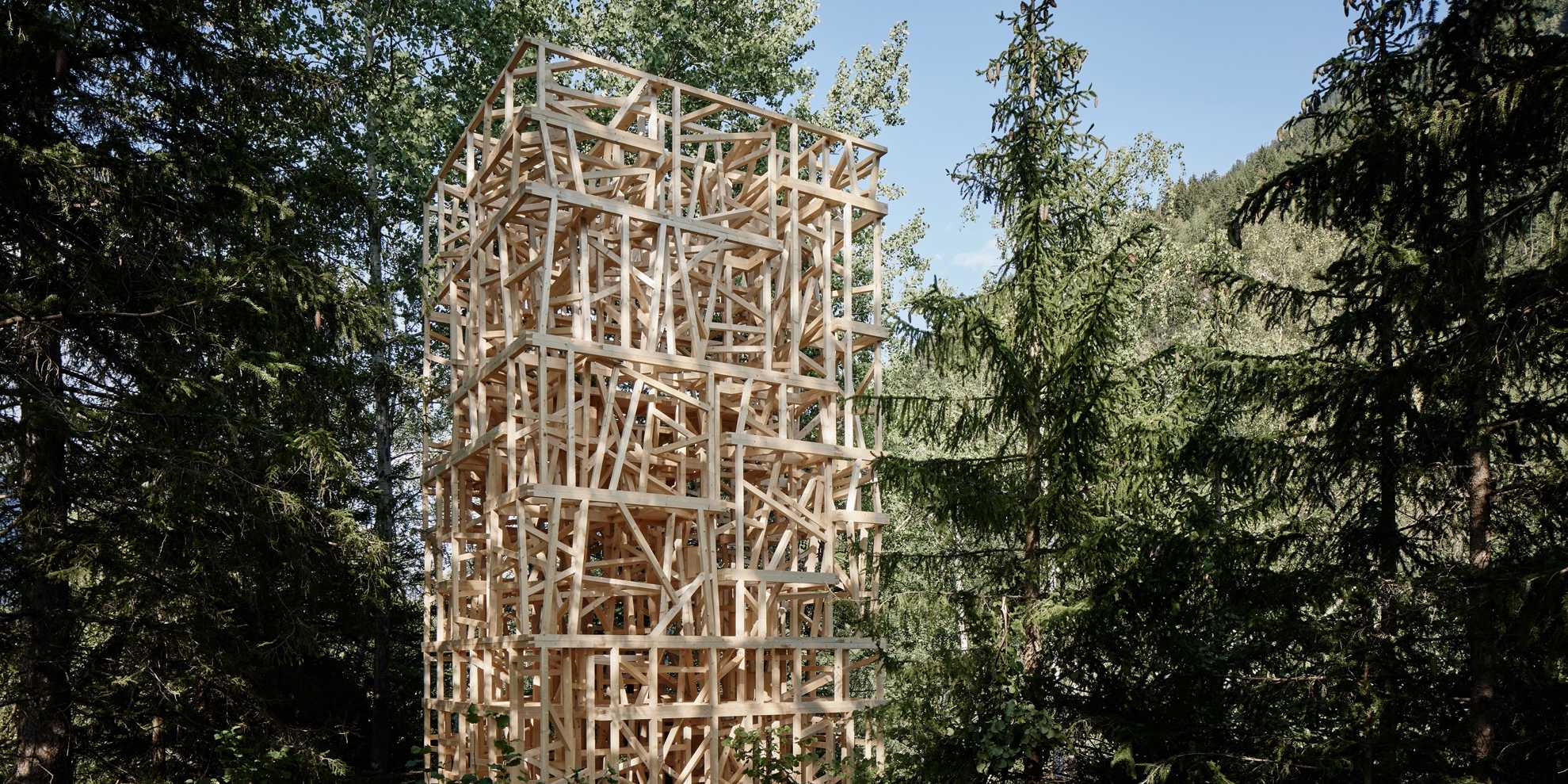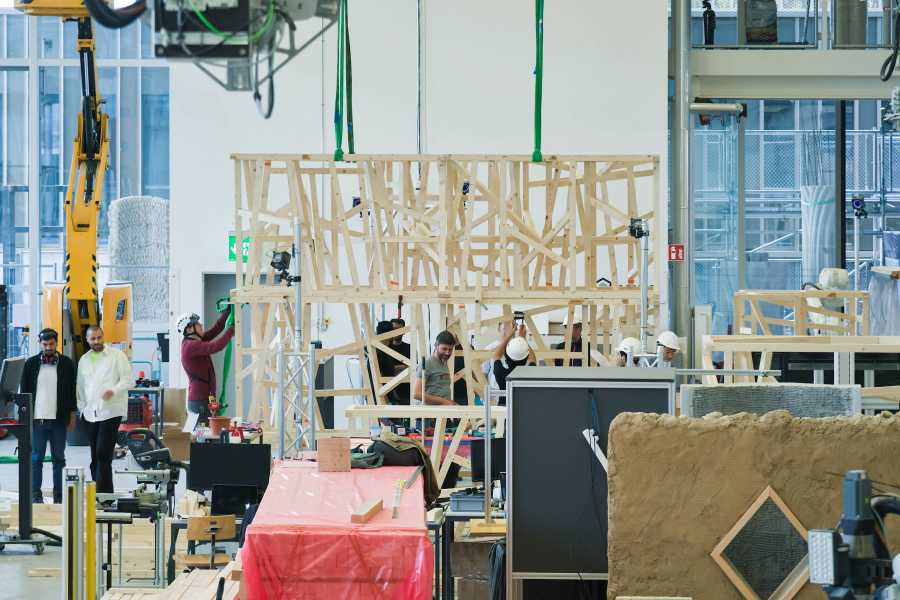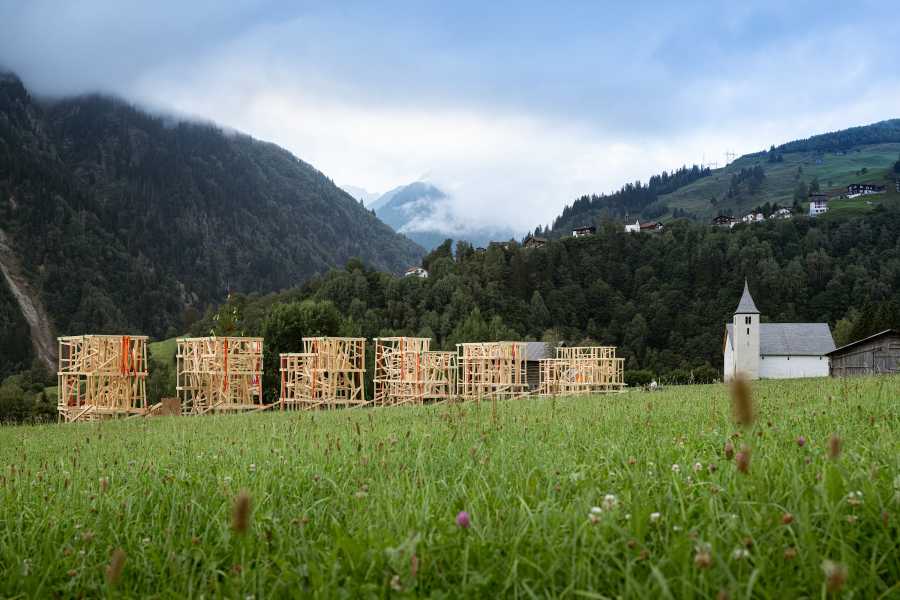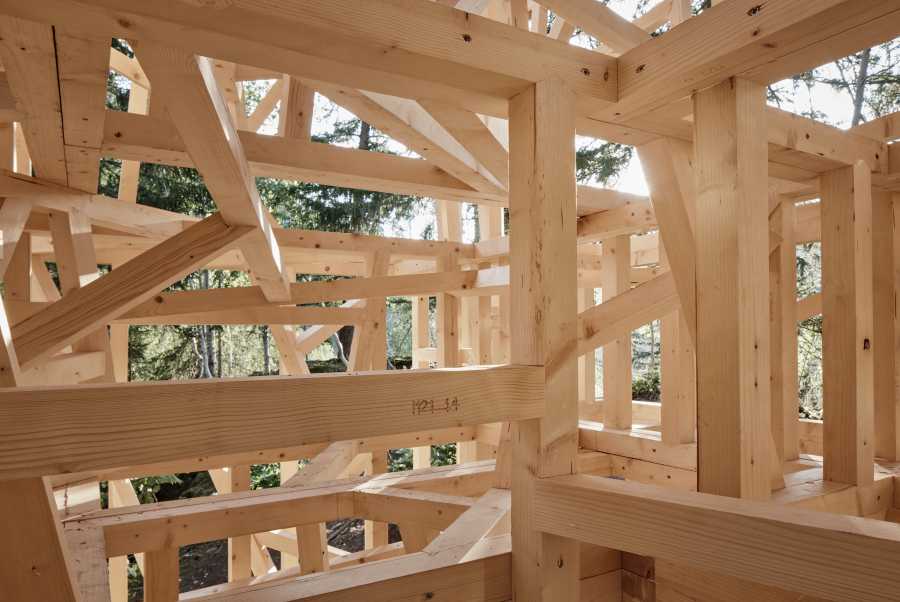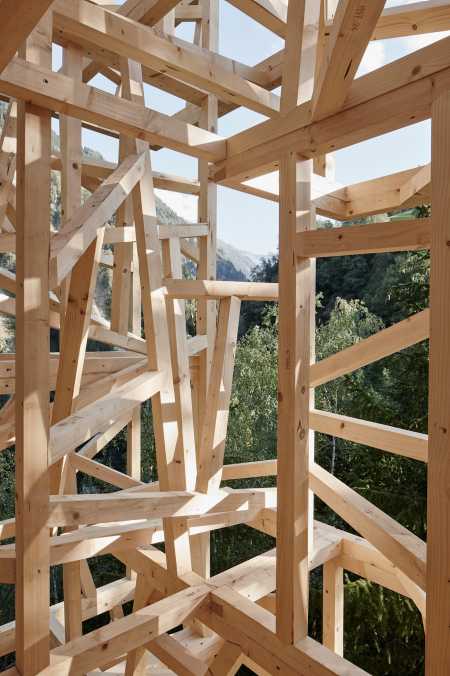Caschlatsch, Installation, Disentis/Mustér, 2024
MAS Architecture and Digital Fabrication, ETH Zurich
Gramazio Kohler Research, ETH Zurich: Prof. Matthias Kohler, Prof. Fabio Gramazio, Dr. Petrus Aejmelaeus-Lindström (Projektleiter), Dr. Oliver Bucklin (Forschungsleiter), Ananya Kango, Simon Griffioen, Francesco Milano, Aurèle Gheyselinck, Alexandra Moisi, Joseph Kenny, Chen Kasirer, Gonzalo Casas
MAS ETH DFAB Students: Amir Ali Amini-Aghdam, Benhur Baiju, Chia-Hsuan Chao, Joana Francisco Tomaz, Hamid Peiro, Junjie Huang, Paul Jaeggi, Jiaxiang Luo, Giacomo Montiani, Wataru Nomura, Panayiotis Papacharalambous, Sukhdevsinh Parmar, Kevin Seav, Gonzalo Seminario Garcia, Megi Sinani, Namdev Talluru, Kai Hsun Yeh
In collaboration with: #dfdu AG (Stefan M. Seydel), Studio UH Architecs ETH SIA, Nicolas Fehlmann Ingénieurs Conseils SA
Client: Gemeinde Disentis/Mustér
Selected Experts: Bearth Lenn AG, Strabag AG Disentis/Mustér, Prof. Daniela Mitterberger (COMPAS_XR), Dr. Ziqi Wang (Task Sequencing and Allocation)
Sponsor: Schilliger Holz AG, Bearth Lenn AG, Strabag AG Disentis/Mustér, SFS Group Schweiz AG Bau & Holz
